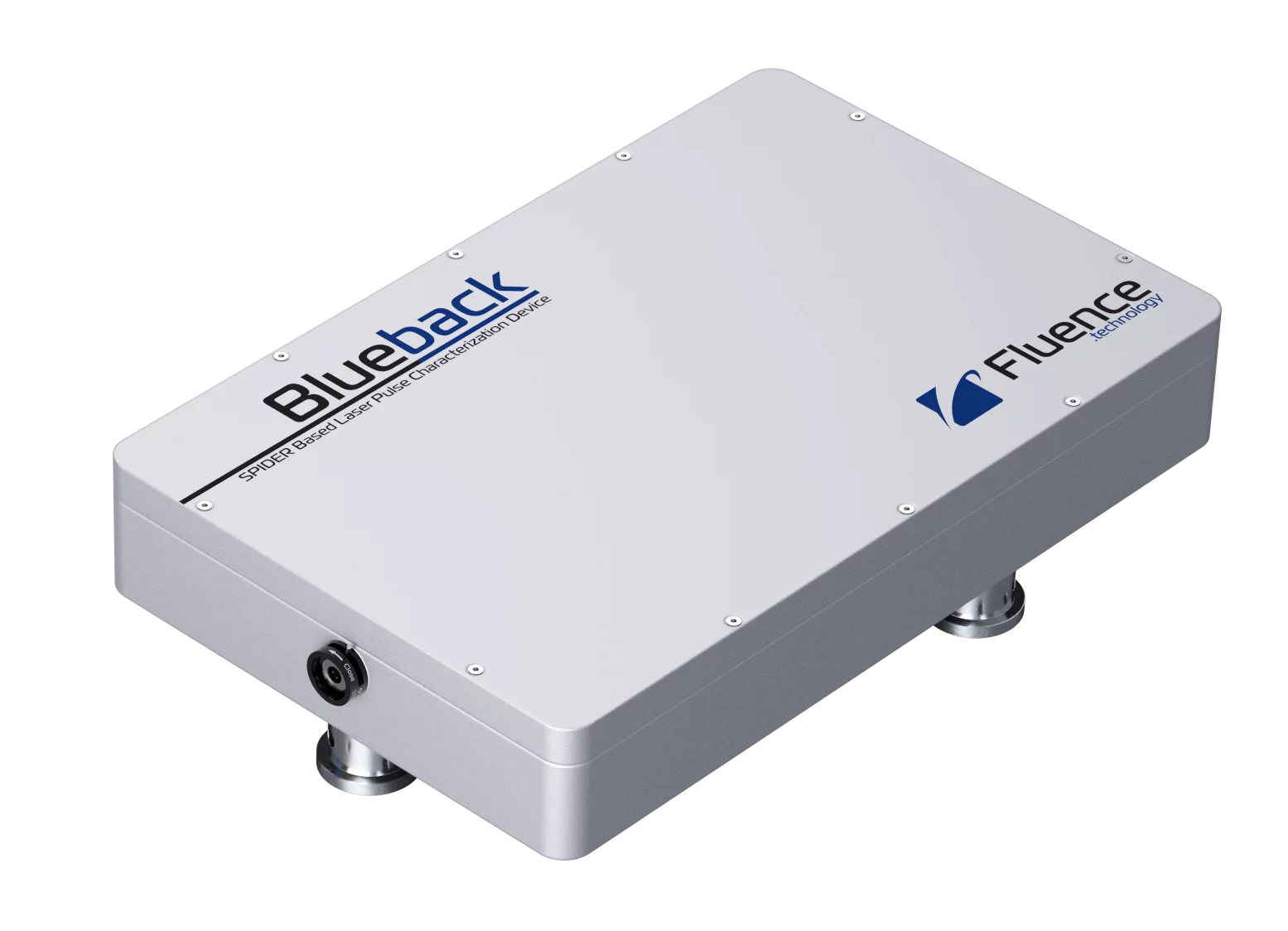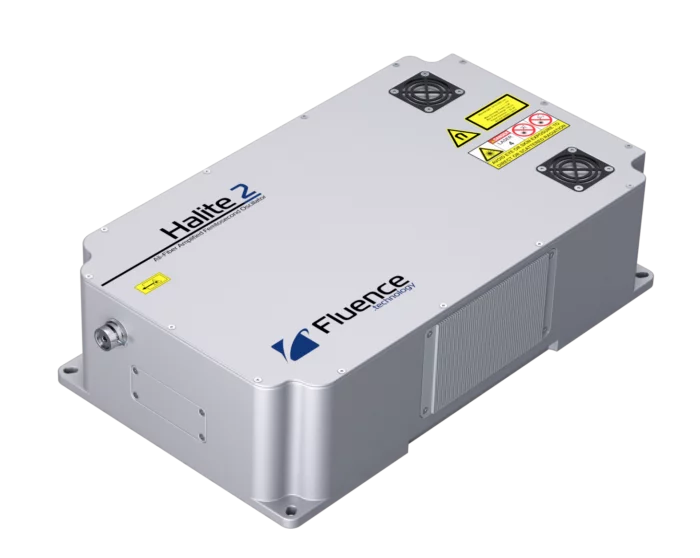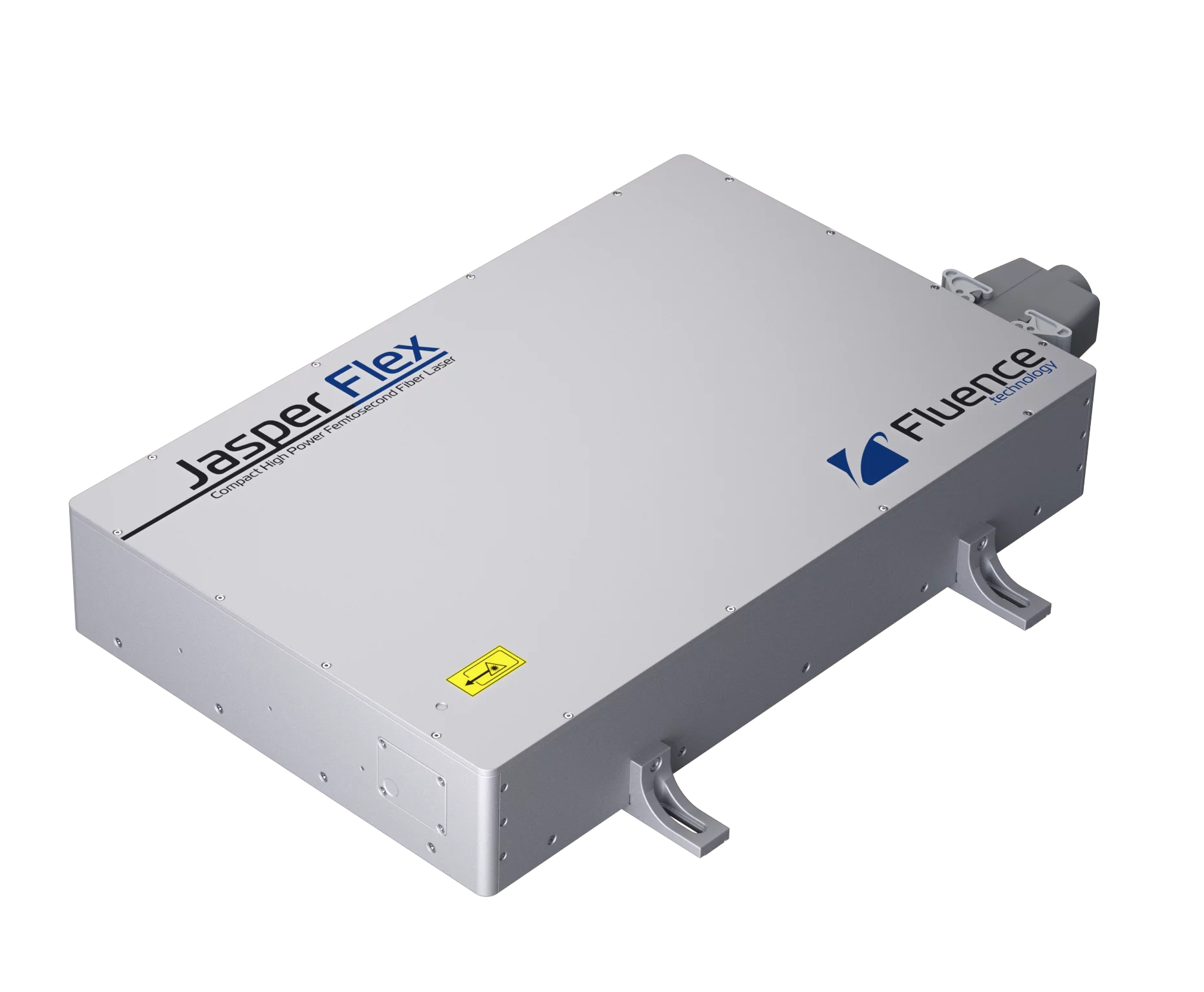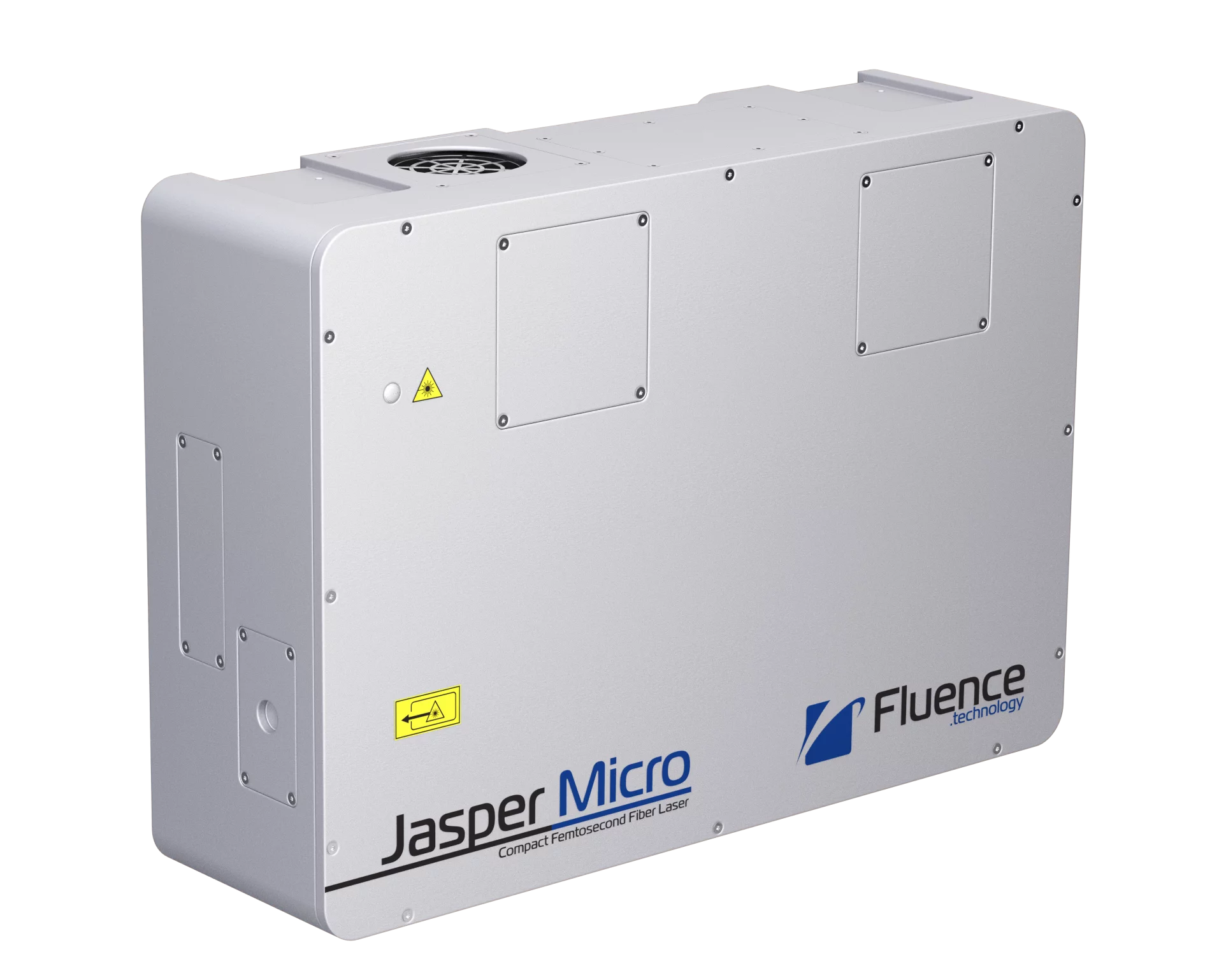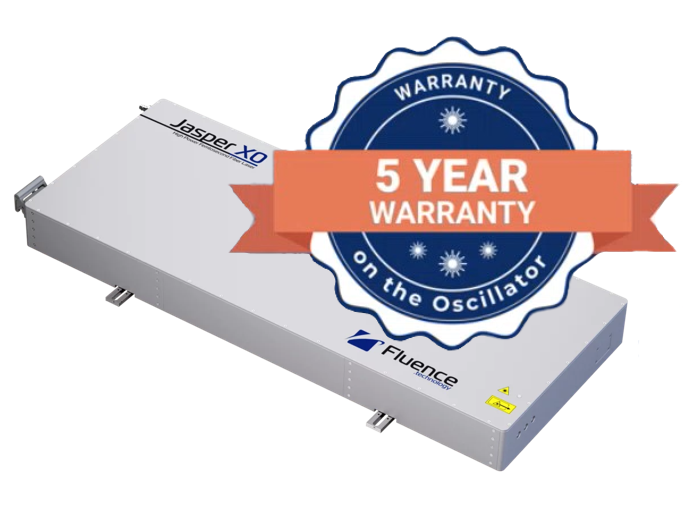POPULAR CONFIGURATIONS:
Picture |
Part Number |
Part Description |
Datasheet |
|
|---|---|---|---|---|

|
Blueback |
Advanced ultrashort laser pulse characterization device based on the Spectral Phase Interferometry for Direct Electric-field Reconstruction (SPIDER) technique. |
|
Get Quote |
Blueback: Advanced ultrashort laser pulse characterization device based on the Spectral Phase Interferometry for Direct Electric-field Reconstruction (SPIDER) technique.
The Blueback series of compact, state-of-the-art, real-time, ultrashort laser pulse characterization devices are designed to provide high-resolution measurements for ultrafast oscillators and amplifiers. With input specifications including 80 fs – 4 ps pulses, 1 kHz – 200 MHz rep. rate, and 1010 nm – 1060 nm wavelength range, it offers unparalleled precision in ultra-short pulse measurements, providing flexibility for a wide range of laser characterization. A high-resolution spectrometer provides detailed spectral information about their pulses, while real-time data acquisition & display help users monitor and adjust processes on the fly.
The Blueback series is an essential tool for anyone who requires accurate and detailed information about their ultra-short pulses. Its precision, flexibility, versatility, and user-friendly features make it the right choice for taking your ultrafast pulse measurements to the next level.
Your ultrashort pulse characterization solution awaits!
Blueback Benefits:
| Flexibility: |
|
| Versatility: |
|
| Sensitivity: |
|
| Integrated Spectrometer: |
|
| User-friendly Software: |
|
Don’t hesitate to ask any questions!

 SHIPS TODAY
SHIPS TODAY 